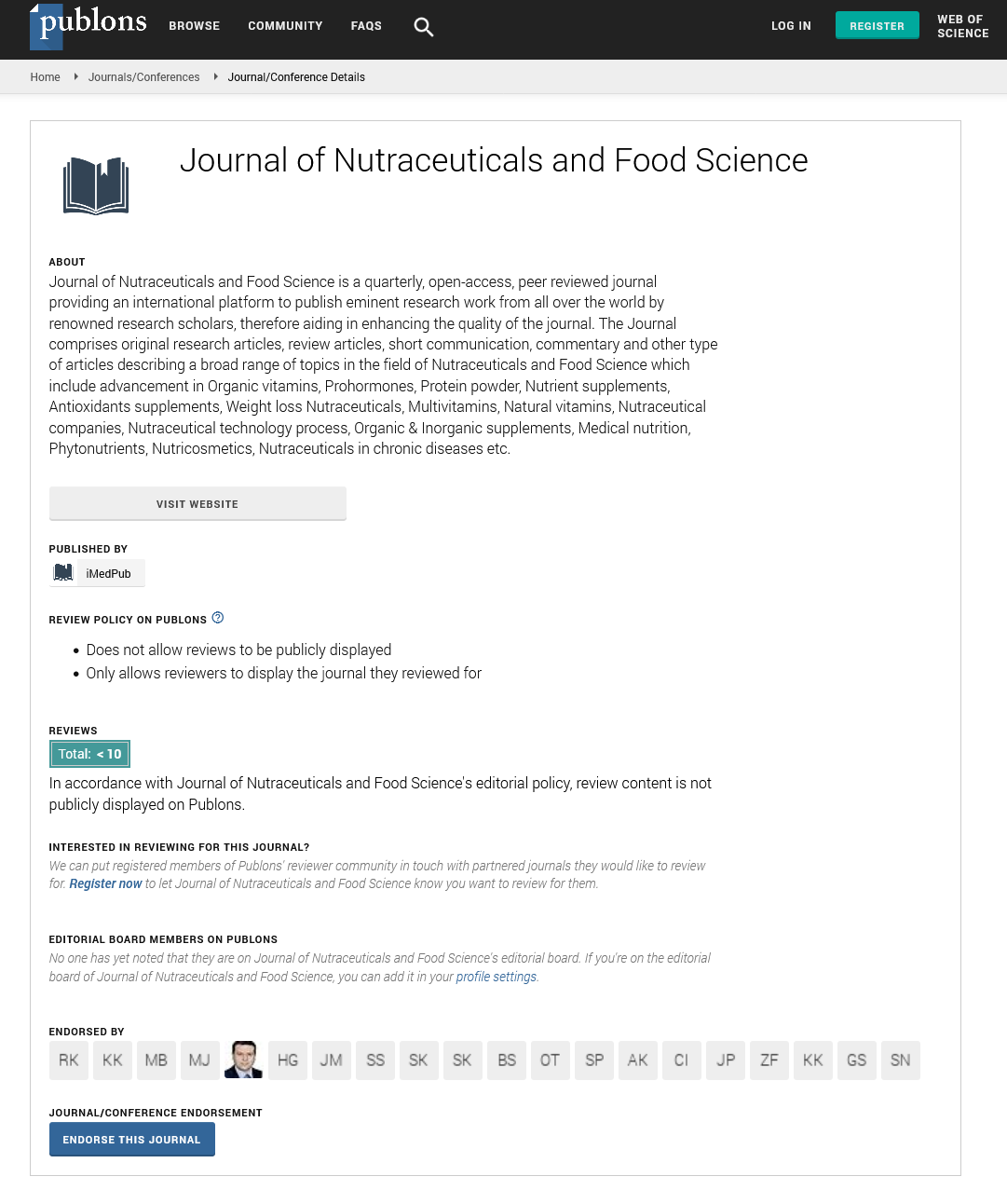Abstract
Effect of extrusion-cooking conditions on some physico-chemical properties of extruded white and red bean (Phaseolus vulgaris L.)seeds
The aim of this work was to investigate the course of the extrusion-cooking process as well as the effect of extrusioncooking parameters on some properties of two cultivars of the common bean (white - Aura and red - Toska) available on the Polish market. Ground beans were extruded using a twin-screw extruder Evolum 25 (Clextral, France) with L/D = 24. A die diameter was 5 mm. The temperature of the barrel was set to 50/80/100/120/130°C from the feeding to die section. Variable screws speed within 300-700 rpm range was used during the process. During extrusion-cooking, 5 levels of water addition (0.8, 1.2, 1.6, 2.0 and 2.4 l h-1) were used. During extrusion-cooking process an energy consumption as a specific mechanical energy (SME) was detected. The obtained extrudates were tested to determine their cross-sectional expansion index, water absorption (WAI), cold water solubility (WSI), cold paste viscosity of aqueous extrudate solutions, cutting force and color. The research showed that the applied parameters of the extrusion process had a significant impact on changes in almost all tested parameters of the obtained extrudates. SME during extrusion of the bean varied within 662.4-1760.4 kJâ??kg-1 range for red beans and within 820.8-1728.0 kJâ??kg-1 range for white beans. The expansion index of the extrudates and their WSI increased with the screw speeds increase and decreased with water addition increasing. Only in the case of WAI of the extrudates, an insignificant effect of the screw speeds and the water addition for white beans was found, and a negligible effect of the screw speeds for red beans. It was observed that, regardless of been cultivar, increase in screws speed had a negative influence on cold paste viscosity value. Increase in screws speed had significant influence on extrudate hardness for both bean cultivars. The extrusion-cooking process changed the colour of the processed beans. After extrusion obtained extrudates were darker, redder and yellower than unprocessed beans.
Author(s):
Marcin Mitrus
Abstract | Full-Text | PDF
Share this

Google scholar citation report
Citations : 393
Journal of Nutraceuticals and Food Science received 393 citations as per google scholar report
Journal of Nutraceuticals and Food Science peer review process verified at publons
Abstracted/Indexed in
- Google Scholar
- Publons
- Secret Search Engine Labs
Open Access Journals
- Aquaculture & Veterinary Science
- Chemistry & Chemical Sciences
- Clinical Sciences
- Engineering
- General Science
- Genetics & Molecular Biology
- Health Care & Nursing
- Immunology & Microbiology
- Materials Science
- Mathematics & Physics
- Medical Sciences
- Neurology & Psychiatry
- Oncology & Cancer Science
- Pharmaceutical Sciences


